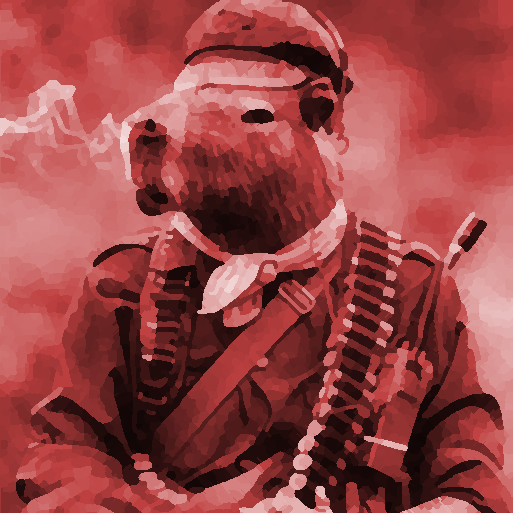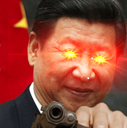Welcome again to everybody! Make yourself at home. Stalin really do be the one. In the time-honoured tradition of our group, here is our weekly discussion thread!
Matrix homeserver at genzedong.org. See this thread for information about our Matrix space. Discord here.
Short reading list for new MLs here. To find theory, try z-lib, libgen, or Sci-Hub (for scientific articles). If an article is unavailable, try the Wayback Machine.


deleted by creator